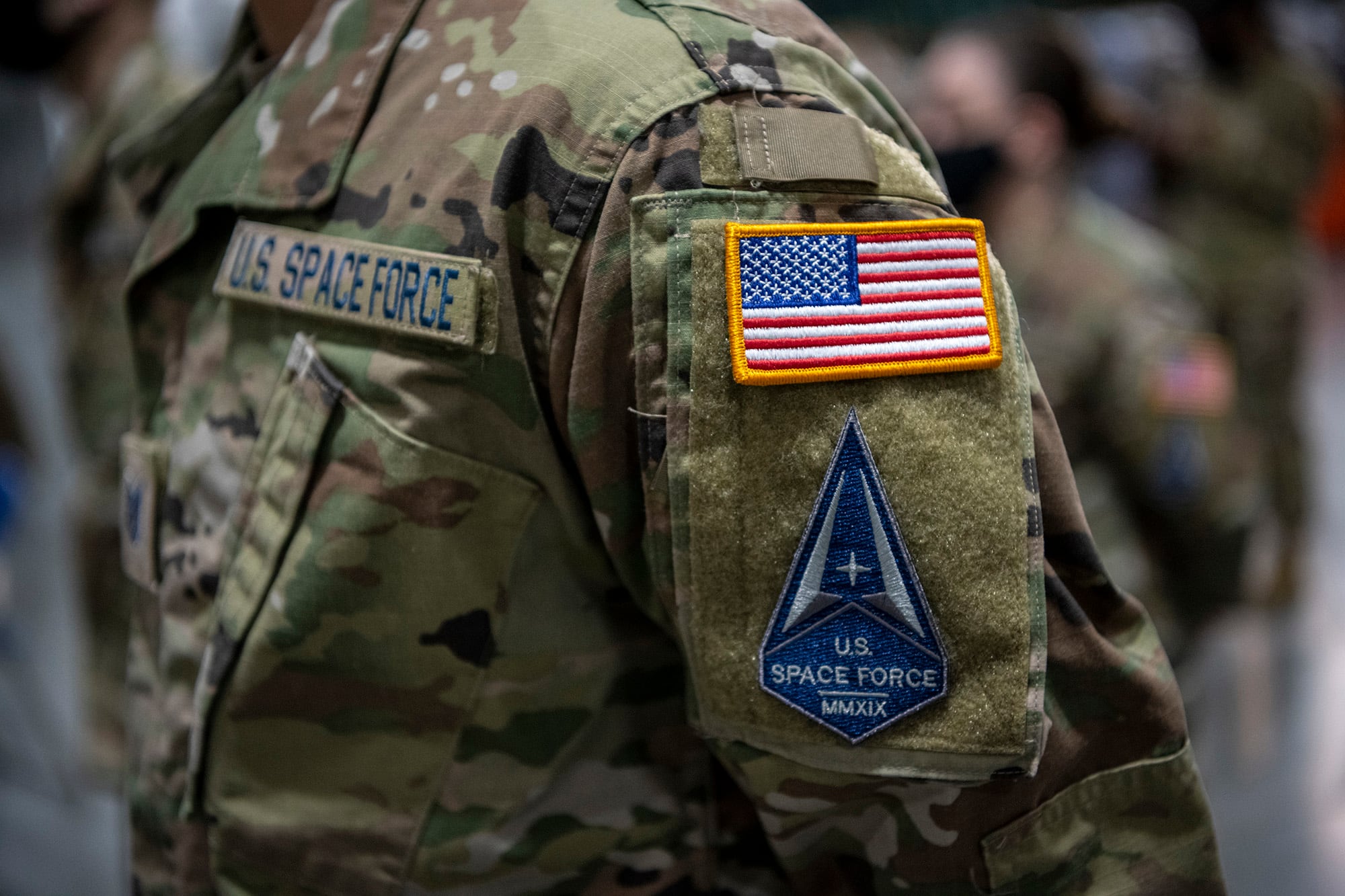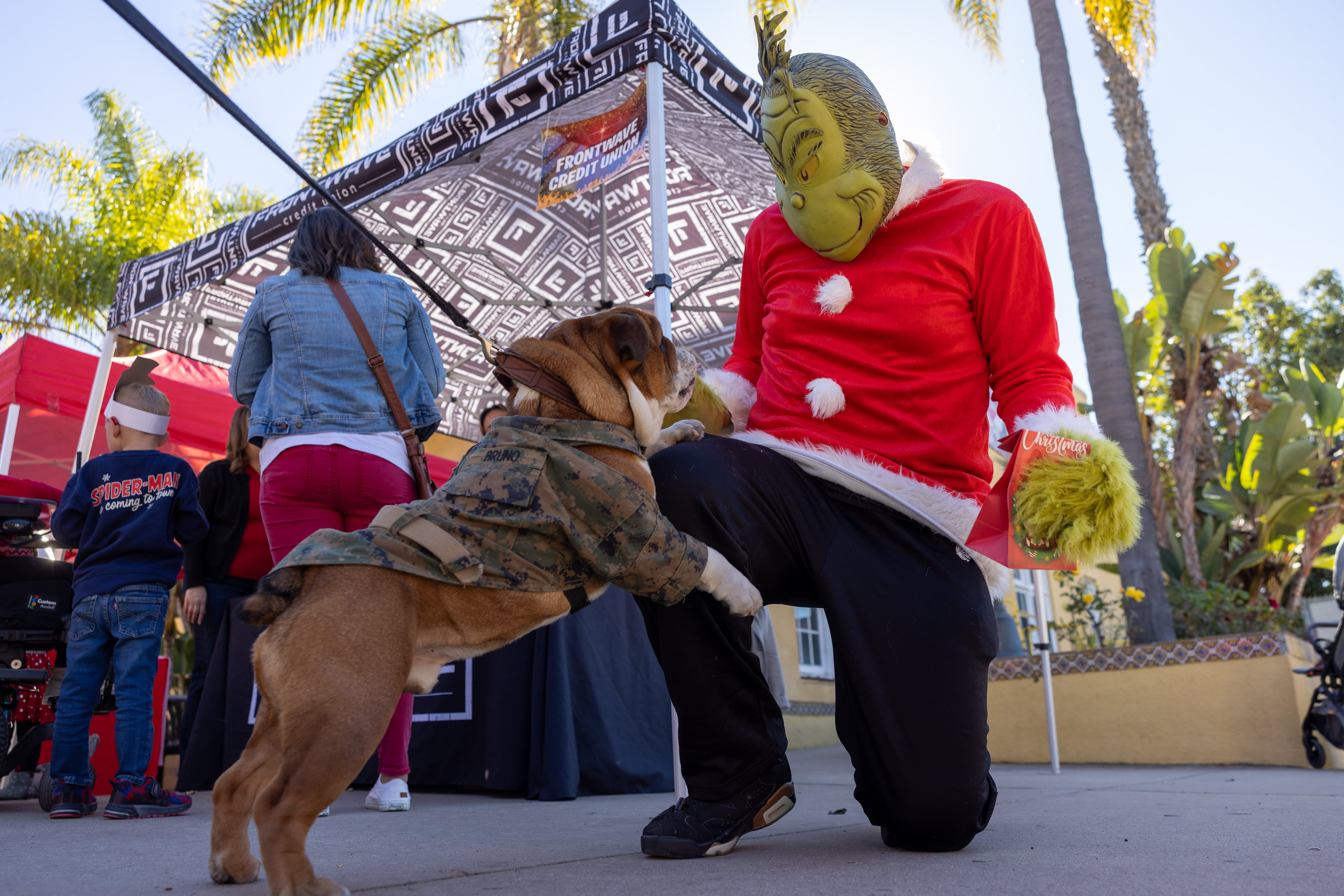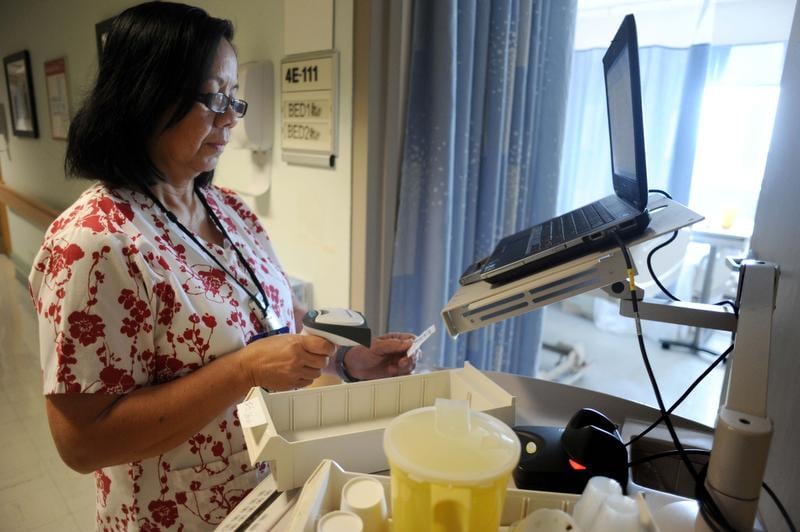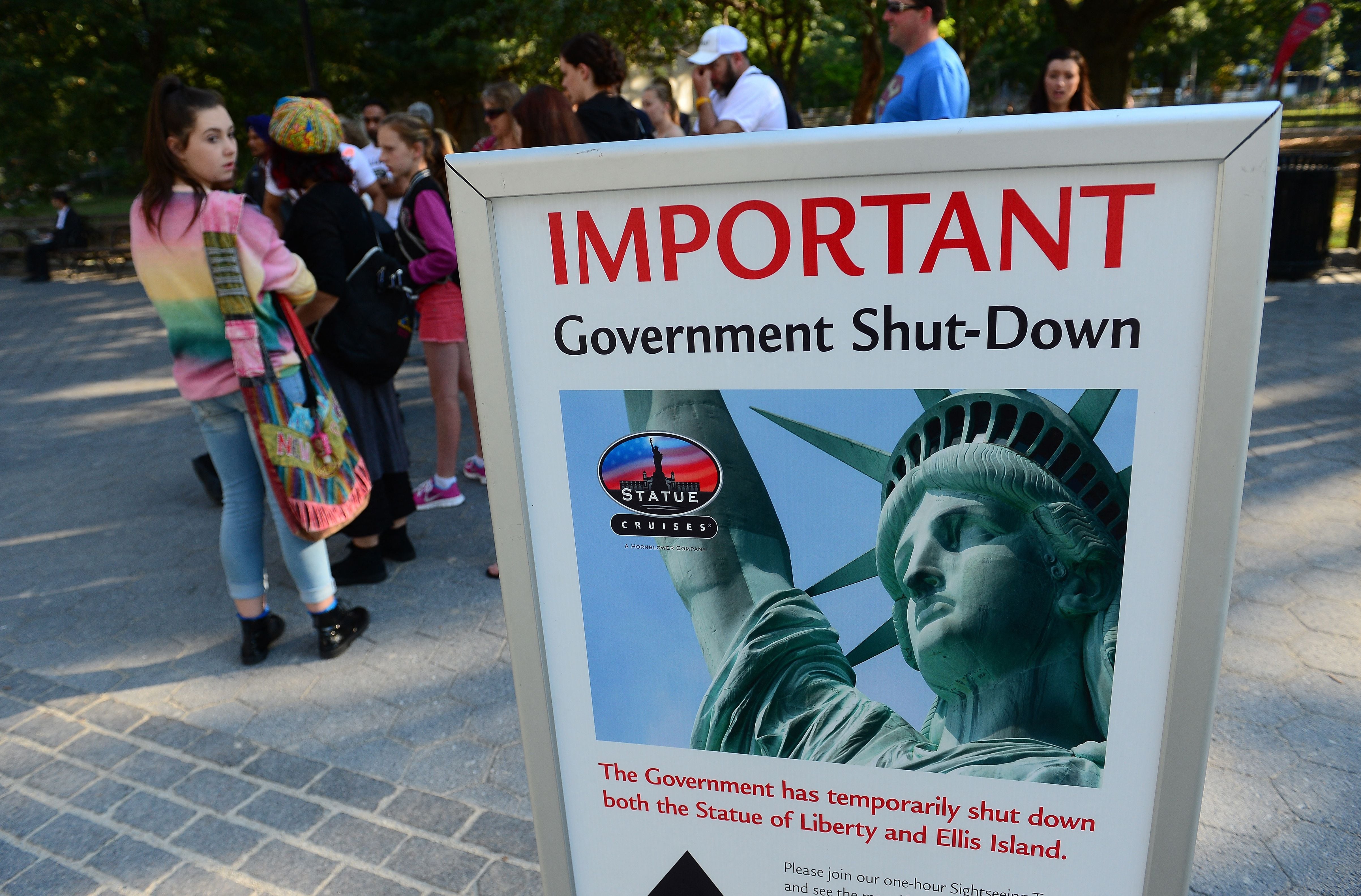What is the Space Force’s culture? This is a tough question to answer, mainly because the culture does not fully exist yet.
Obviously, a very large proportion of the Space Force’s initial personnel and culture came from the Air Force. However, after listening to the chief of space operations, Gen. John W. Raymond, conduct a town hall meeting with all the inter-service transfers, it became very clear that the Space Force needs a very different culture, purposely distinct from the Air Force.
It makes sense. After 70 years of being separate services, would the average airman or soldier agree that the Army and Air Force are different in culture, mission and attitude? How about the Navy and Marines? Would you ever tell a Devil Dog that “technically” they are part of the Navy? This is why the Space Force needs a strong and radically different culture from every other branch, especially the Air Force. This is our chance to influence and build a new culture.
Countless articles have been written about how the Space Force should enforce international norms in space, maintain dominance, and exploit technical innovations; however, few discuss the service culture needed to accomplish these goals. The Space Force needs to embrace innovation, break tradition, allow for creative problem solving, and make every effort to distinguish its personnel in appearance, uniforms and culture.
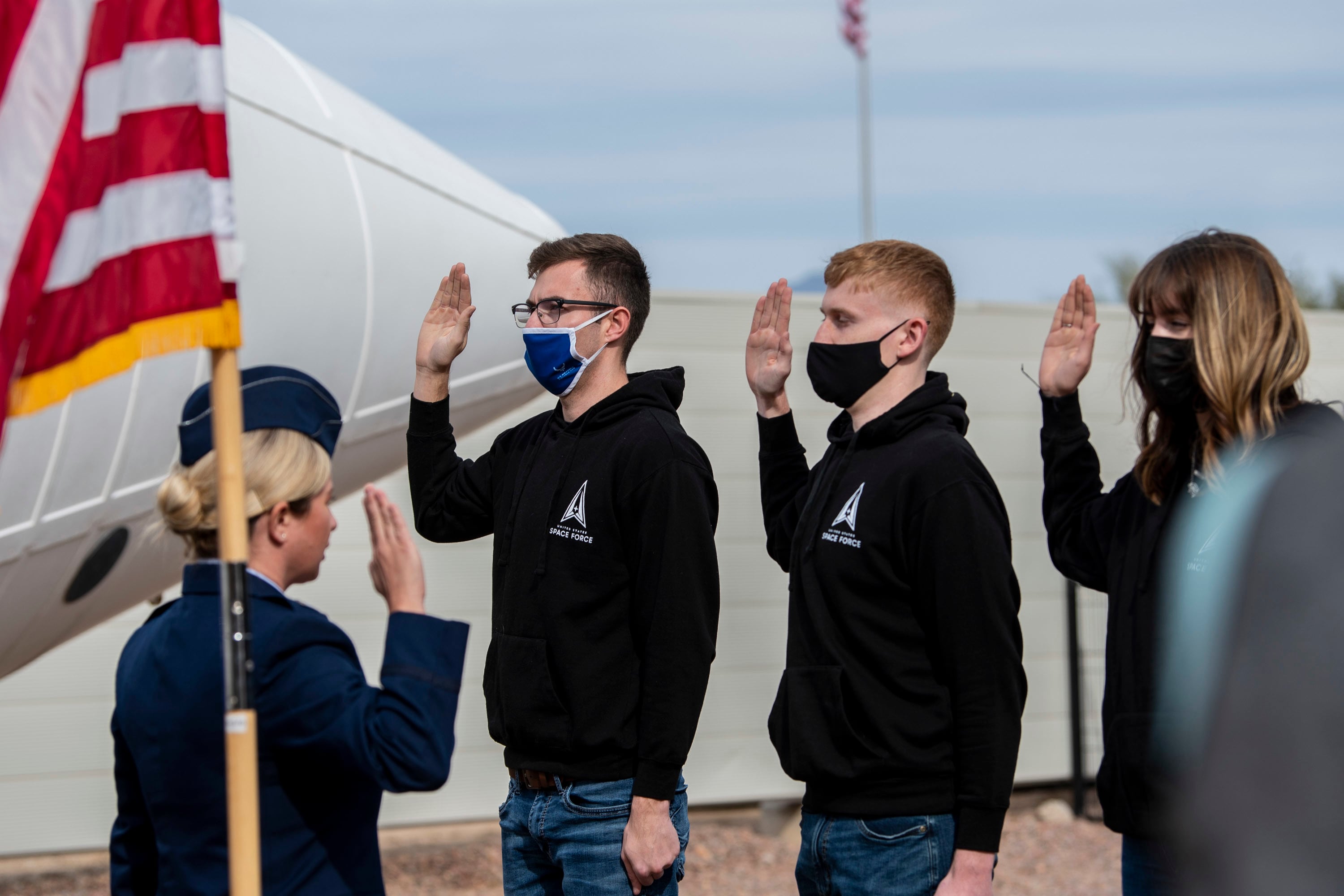
The Space Force focuses on five talent management objectives: connect in a collaborative environment, lead digital enablement, generate and engage talent, develop and employ talent and integrate resiliency. Guardians must also be of high character, able to establish connection, demonstrate commitment and possess courage. The best way to meet these objectives is to build a service culture of professionalism and innovation, as well as bring in the right people. We are going down the right path with the proposed uniforms and the holistic wellness approach, but we need to take it a step further.
I have several ideas on what we should incorporate into our culture, ranging from cross-training like a special operations team to innate “jointness” in operations; however, if I had only two minutes to give an elevator-pitch to Gen. Raymond or Chief Master Sergeant Roger A. Towberman, I would say: “The Space Force NEEDS beards.”
Hear me out. I’m not advocating for unkept spec ops beards, but rather, well-groomed facial hair with tight standards. Not just “allowing” beards, but endorsing it — especially for officers — will distinguish our team and show that we really care more about our Guardians’ abilities than upholding outdated traditions. Recently, the British Army tweeted: “We have updated our hair policy to better reflect modern society.” They believe it’s a key factor in recruitment and retention. We should, too.
Countless professional militaries around the world have allowed for the adoption of facial hair. The red herring of the “gas-mask seal” has been debunked for decades. These outdated conclusions were established in studies from 1964 to 1987. A more recent paper debunking this myth was published in 2018. Approving beards for Guardians would increase morale, improve retention, and demonstrate we can operate in the 21st century.
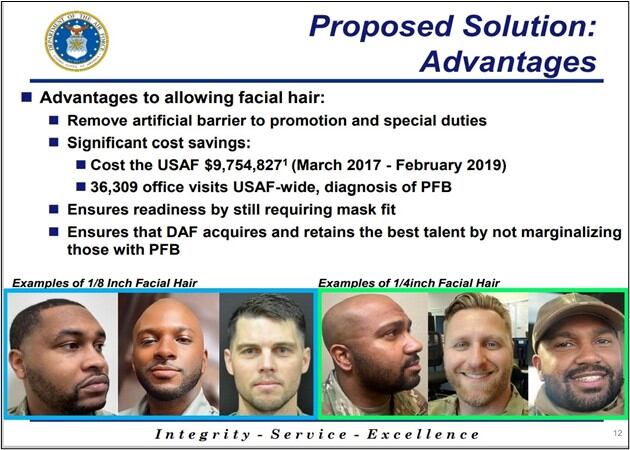
On a more serious note, changing the grooming standards would actually be a sign of racial inclusion, which we desperately need. This would show the force we can be disciplined while supporting our people. In a pre-decisional brief commissioned by the Air Force’s Black/African American Employment Strategy Team, a convincing argument, supported by statistics, models and unemotional data, recommended allowing 1/8- to 1/4-inches of facial hair for service members.
This proposal must be approved quickly! The data shows that airmen and Guardians with shaving profiles and waivers were less likely to be promoted, more often denied special duty opportunities and overall were looked down upon as appearing “unprofessional.” The Air Force is taking a step in the right direction by proposing an extra 1/4-inch of mustache. I would implore the leaders of the Space Force to take that last “step for man,” in order to make a “giant leap for mankind” and approve beards already.
The building of a service culture is not easy. In the words of Gen. Raymond: “Space is Hard.” Well sir, so is creating a culture that is distinct, unique and innovative. We’ve made tremendous steps in breaking the mold and trying to oppose conventional thinking, but we shouldn’t stop there. We must push the envelope, take risks, break tradition and put people first. We shouldn’t build a culture limited by the past. Let’s look to the future. Do not fear the beard; resistance is futile.
Maj. Mark D. “Nix” Natale, is an Army officer assigned to the British Army Headquarters in Andover, United Kingdom. He was recently selected for an inter-service transfer to the Space Force as a 13S, space operations officer. He is a graduate of the Joint Forces College, Command and General Staff College, and Kansas University with a masters in global and interagency studies.
Have an opinion?
This article is an Op-Ed and as such, the opinions expressed are those of the authors. If you would like to respond, or have an editorial of your own you would like to submit, please email Military Times Senior Managing Editor Kent Miller.
Want more perspectives like this sent straight to you? Subscribe to get our Commentary & Opinion newsletter once a week.
